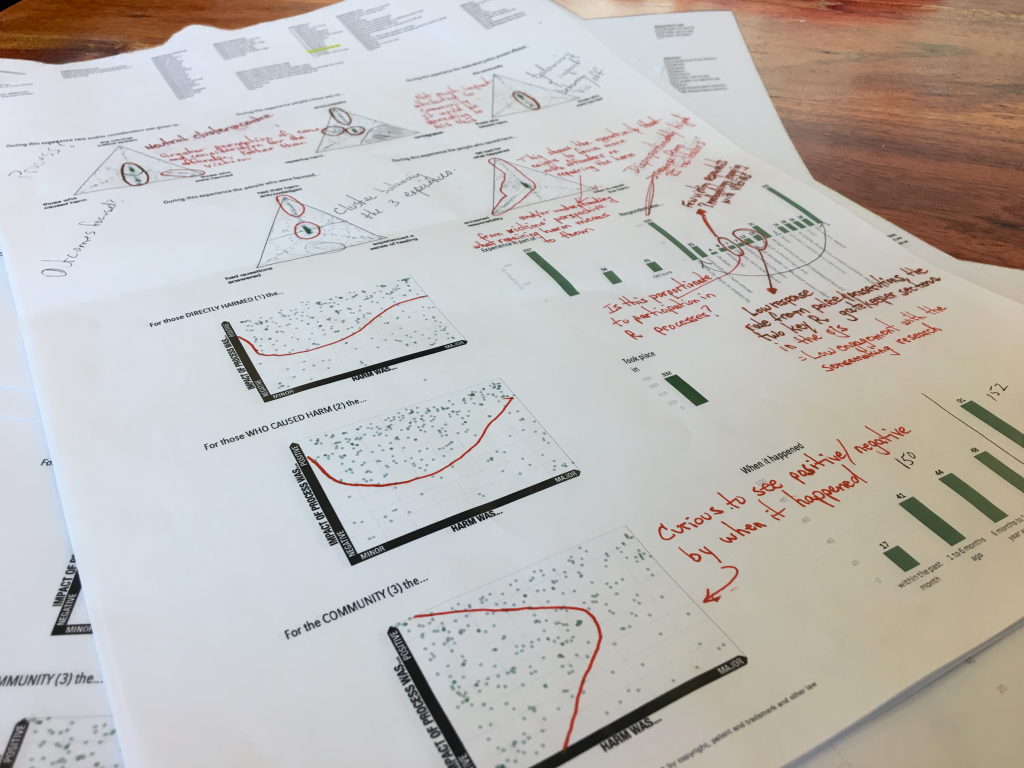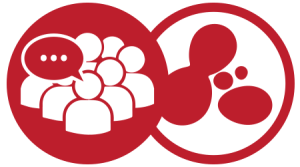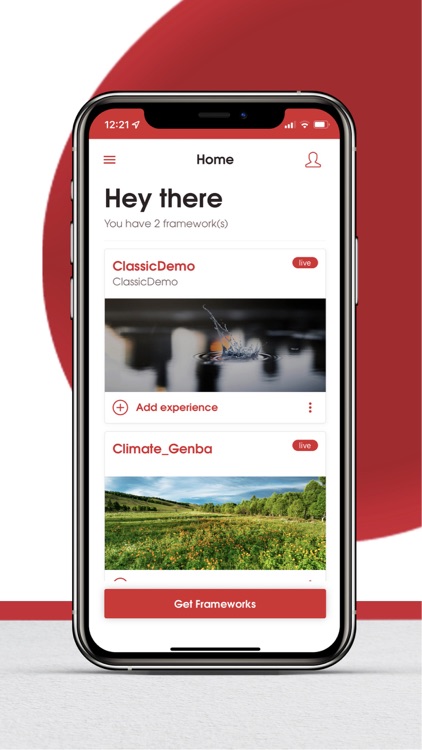Menu

Having found the process of writing my last blog Active Sensemaking, Sense-Making, Sensemaker: Apocalypse of The Proven Words, to be a valuable learning exercise in untangling some of the different words and concepts that I hear being thrown about, I am going in for round two! This time I will hone in on SenseMaker®: the different configurations and uses; the value added; the appropriate context for each; the purpose each serves best.
Each of the different configurations of SenseMaker is pretty concrete in its definition (rubber stamped and approved by Dave Snowden and The Cynefin Co team alongside some of our network members*).
As for the applied contexts and practicalities of each of these configurations, I don’t declare this to be absolutely gospel, but on the basis of several years of working with SenseMaker and hundreds of projects under my belt (and plenty of war stories!), these are my personal recommendations and insights.
If you are new to SenseMaker you can start with the basics of ’ What is SenseMaker?’ Check out this short video before digging into the rest of this blog.
For me, SenseMaker software is like the swiss army knife of research/data tools, depending on whether you are wanting to do:
There is a configuration for the job! With a SenseMaker subscription, you can design and configure as needed, or take advantage of our pre-designed offerings (more on that later). Note that I will be dealing with the configurations of the Sensemaker tool, not the dissemination strategies and collection of data; i.e. interviewing / self-responding. I will save that for another blog at a later date.
The use: Historically the most popular and most documented use of SenseMaker, where SenseMaker® is used as an alternative to survey tools such as Survey Monkey or Qualtrix. It can be administered by sharing a URL, via an interview or in app collection, and participants usually respond as a one off pulse or at punctuated points in time, such as before and after an intervention.
What’s unique about this data collection tool?
This is SenseMaker in its most simple form, usually structured to have an open (non-hypothesis) question (commonly referred to as a ‘prompting question’) to collect a micro-narrative at the start. This is then followed by a range of triads (triangles), dyads (sliders), stones canvases, free text questions and multiple choice questions.
The reason or value for using Sensemaker: Open free text questions are used at the beginning as a way of scanning for diversity of narratives and experiences. This is a way to remain open to ‘unknown unknowns’. The narrative is then followed by signifier questions that allow the respondent to add layers of meaning and codification to the narrative (or experience) in order to allow for mixed methods analysis, to map and explore patterns.
A case or scenario this best fits: You are at the start of an organisational culture change journey and you want to get an initial understanding of what the culture is like at the moment, what’s going on and what are some of the tensions and factors at play. You want to cast the net wide and do an initial exploration before you start to focus on specific things more deeply.
Here is an example of a collector on workplace culture.
Here are some pre-designed Unsurveys you can purchase with materials and consulting support bundled in for quick and easy deployment! Check out the predesigned pulses here on topics such as leadership, community development, well-being, climate change and more!
The use: Another one of the more well tried and tested approaches, commonly used for scenario planning and consulting on ideas or conclusions, similar to the unsurvey. It can be administered by sharing a URL, interview or in app collection. Participants usually respond as a one off pulse or a series of different MassSenses (each depicting different provocations).

What’s unique about it: The key differentiator of a MassSense is that it gathers multiple perspectives on a single item/issue (often using an image, statement or case study as the provocation or item to be made sense of). It is particularly useful to understand how different people may see or experience a phenomenon or thing differently.
The reason or value for this use: Whereas the Unsurvey is about opening our awareness to the diversity and multitude of stories and attitudes within a broader ecosystem, MassSense is about focusing attention on a single thing (or proposition) and understanding it from a multitude of perspectives. It can be useful for attitudinal mapping, micro scenario generation or digging deeper into specific issues or concepts. MassSense generally requires the least time from respondents and can be quite playful/gamified so it can be particularly useful when you need to take a quick and focused snapshot of sentiment, or when your respondents are short on time or have traditionally had lower engagement rates.
A case or scenario this best fits: Sticking with the organisational culture change journey example, maybe you have done an initial scan of the organisational culture? (Using a SenseMaker unsurvey or otherwise) and you have identified some specific sticking points or potential solutions. Now, you could set up a MassSense to test these conclusions or ideas to see how they might be received or refined.
You can find an example of an organisational MassSense here.
Genba
Some background: Originally developed in Toyota, around the idea of ‘Go-Look-See’, the idea of Gemba (or Genba) in manufacturing and quality management is to focus management on what is actually happening on the ground. This implies engaging all actors, both shop floor workers and executives in observing micro-anomalies, opportunities for improvement and areas of concern. It is a part of the overall Lean management philosophy and is linked to the Japanese concept of Kaizen or continuous improvement. It is part of a rich body of methods and concepts that provide for context specific learning through engagement in ‘the place where it actually happens’.
The SenseMaker® application of Genba takes the concept of ‘Go-Look-See’ and applies it in a more inclusive ecosystems approach. Taking the original concept of Genba, and applying it through SenseMaker distributed ethnography and journaling, hence further enabling peer-to-peer learning and agency within organisational learning and development. The Genba system can be used for lesson learning programmes in real time, rather than solely in retrospect; and to generate cross silo knowledge exchange without central mediation.
The use: A Genba application of SenseMaker uses a single core structure of questions with the addition of branches to provide differential question sets depending upon the input selected. For example, the very first multiple choice question you see on a SenseMaker Genba will give you a range of options for the type of inputs you can contribute (such as Share an: Idea, concern, observation etc), depending on which one you select you will be presented with a set of questions that relates to this selection. A Genba can be seen to be modular in that you may choose to add contribution types or keep it limited to a select few. These different branches or modules allow respondents to be asked different questions (or the same questions in different ways) to reflect the way they are making sense of the experience they have shared. A Genba system can be set up to be very generic, but can also have additional modules added in relation to specific inquiries, the big added bonus is that once you have established a cohort on the base journaling system, you can send them notifications and new sets of questions as and when the need arises.
What’s unique about it: Genba does not require a promoting question as with the Unsurvey or MassSense, but is more of a field notebook with a very light structure in the form of a multiple choice question to select ‘what type of input is this’. It is also possible to use conditional logic to have the subsequent questions (or phrasing) change depending on the type of input selected. Unlike the other configurations of SenseMaker, Genba maintains a networked relationship with the participants, allowing for sharing of data across participants, and notifying participants through the ability to issue reminders, prompts or new sets of questions. Once data is collected, the ability to overlay, cluster and compare responses from across different response types offers some serious potential for learning across contexts such as mapping challenges against ideas, for example, to generate innovation and exaptive triggers.

The reason or value for this use: The real beauty of a full Genba set up is that it can integrate all of the other kinds of SenseMaker® instances in addition to the base journal design. Members of a Genba cohort can be notified to respond and can be issued new sets of questions (such as a MassSense or unsurvey) when needed.
A case or scenario that best fits: During ‘business as usual the Genba journal can be used to harvest insights or observations that people feel need to be paid attention to (such as challenges, opportunities and dilemmas) in real time. The contributions can be shared across the network or with restrictions on who can see what. This can be used to provide the foundations of retrospectives and collective sense-making activities, as well as acting as an organisational memory bank that could be used to map changes over longer periods of time. Furthermore, in extraordinary circumstances, such as a crisis or proposed policy change, it would be possible to issue an Unsurvey or MassSense to consult with the Genba cohort in real time. You can find a basic Genba Demonstration here.
Note: with particular thanks to Paul Ader for helping to sharpen up some of the explanations with me.
We invite our blog readers to explore our SenseMaker use cases page to discover the various ways in which this innovative tool has been successfully utilised in diverse industries and contexts here SenseMaker® Use Cases
If you’re interested in utilising SenseMaker Tool for organisational use, conducting research, or for personal reasons, please do not hesitate to contact us for further information and detailed guidance here CONTACT US
Cognitive Edge Ltd. & Cognitive Edge Pte. trading as The Cynefin Company and The Cynefin Centre.
© COPYRIGHT 2024

Ethnography, the root of which is from the Greek ἔθνος ethnos meaning "folk, people, nation", ...
Abduction is the process of forming an explanatory hypothesis. It is the only logical operation ...